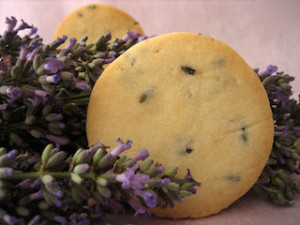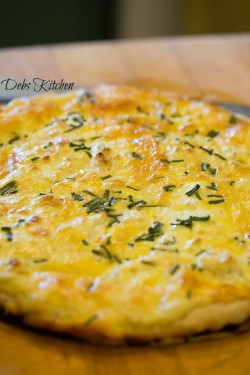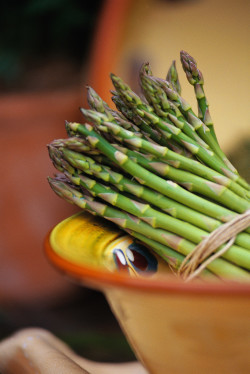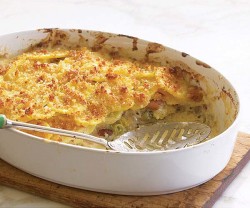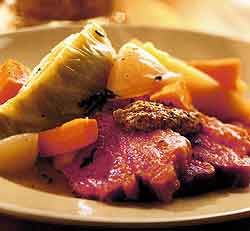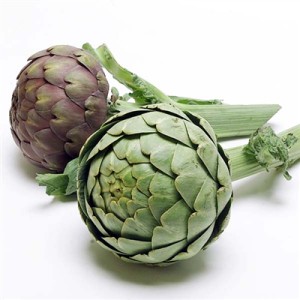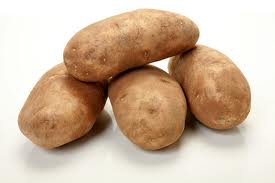Meet my friend, Christina Peters, photographer, and experience adventure through her eyes and lens. Christina’s new website, tastyfstops.com, chronicles her adventures through food, farms, travel and more. She began her new adventure in my spring garden and through her lens and my recipes we’ll bring you through one (or more) harvests of my potager (vegetable) garden. Sign up for Christina’s newsletter and follow us through spring and summer into fall and winter. Enjoy.
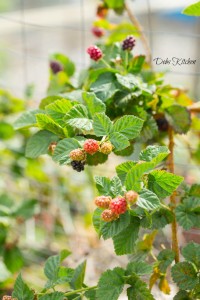 It’s berry season in the garden and my blackberries and boysenberries are off to an early start. This is one of Christina’s beautiful, succulent shots and here’s a tasty little recipe to get your summer started right! Blackberry Crumb Bars
It’s berry season in the garden and my blackberries and boysenberries are off to an early start. This is one of Christina’s beautiful, succulent shots and here’s a tasty little recipe to get your summer started right! Blackberry Crumb Bars
And speaking of summer, check out the new cooking classes for June, we still have a few seats for this Thursday also. Two summery classes in June, A Summer Picnic Party and an Adult 4th of July menu. We’ll be hosting one more class in July (on the 9th) then I am off for another knee surgery and won’t see you back until the end of summer! So grab a spot while you can.
Mangia!
Debbi




